Secret Pontiac concept reveals how concept cars are actually made
- General Motors shared some behind-the-scene shots to Instagram
- The images showed the design process of a Pontiac
- Each stage of design, from sketches to clay models, is shown
Published on Jul 26, 2024 at 2:51 PM (UTC+4)
by Ben Thompson
Last updated on Jul 29, 2024 at 11:14 AM (UTC+4)
Edited by
Tom Wood
If you ever wondered how concept cars get made, this secret Pontiac concept reveals all.
General Motors Designs have recently released a series of images to their Instagram, showing off the last of the Pontiacs.
The G8 was completed in 2008 at the GM Advanced Studio in California, shortly before the brand was shuttered in 2010
DISCOVER SBX CARS: The global premium car auction platform powered by Supercar Blondie
Behind the scenes of the Pontiac
The sketches shared are highly detailed.
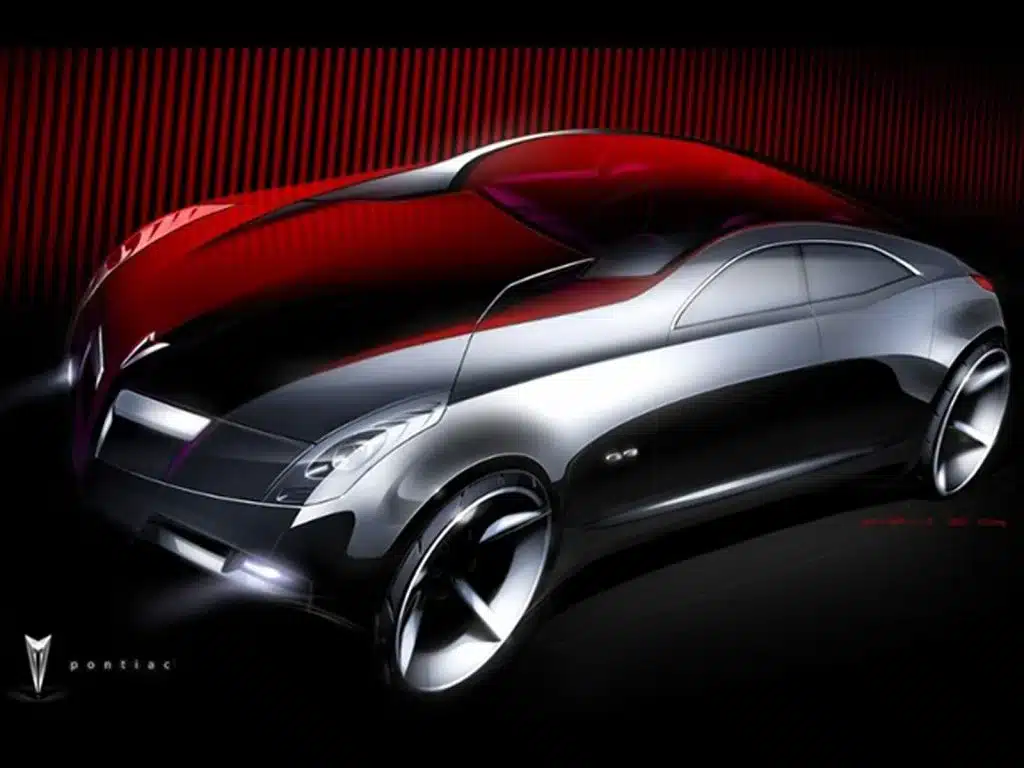
Interestingly, the three shown are taken from interesting angles—the first from a high three-quarter viewpoint, the second from straight in the front, and the third from a rear view.
These generally wouldn’t be the industry’s preferred choice of design sketches, as they make the car appear too static.
It is likely that General Motors wanted a rear and front view to help guide clay modelers, when production moved beyond sketches into the modeling stage.
And that brings us onto the next stage – the clay model.
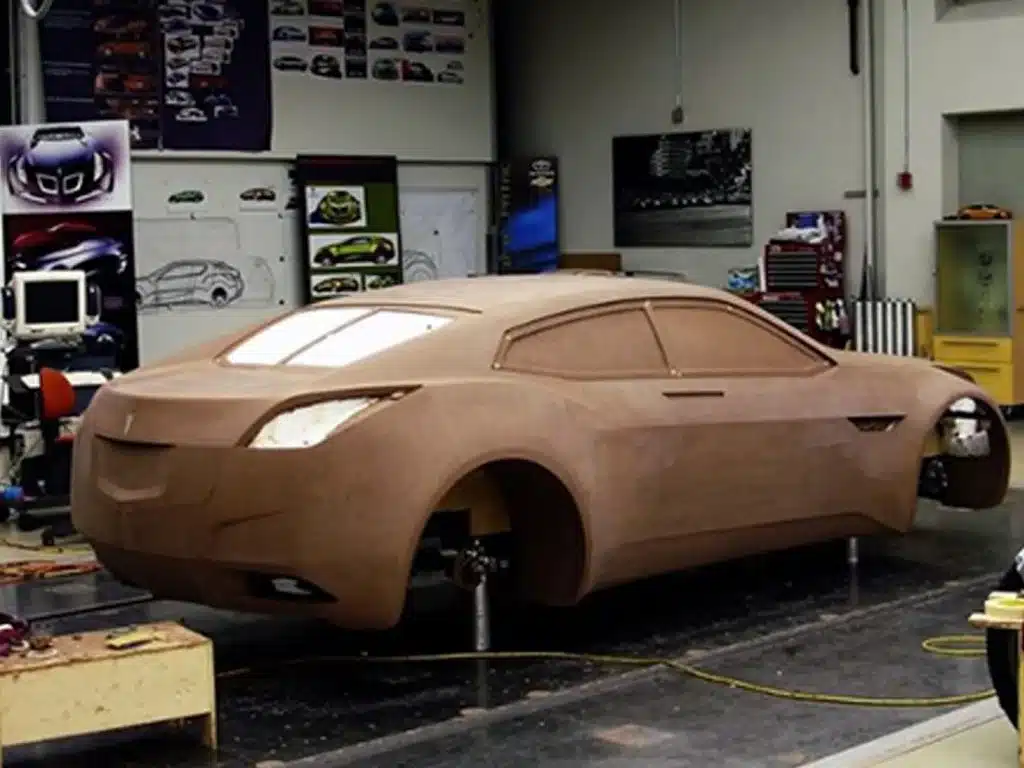
Beneath the outer clay layer is an underlying foam buck, and in the background is a PC that controls the milling head.
On the walls in the photo are the designs of a different car – a two-door hatch.
These are the designs of an alternative proposal that didn’t make the cut.
In an additional photo showing the other side of the clay model, smaller clay models can be seen in the background.
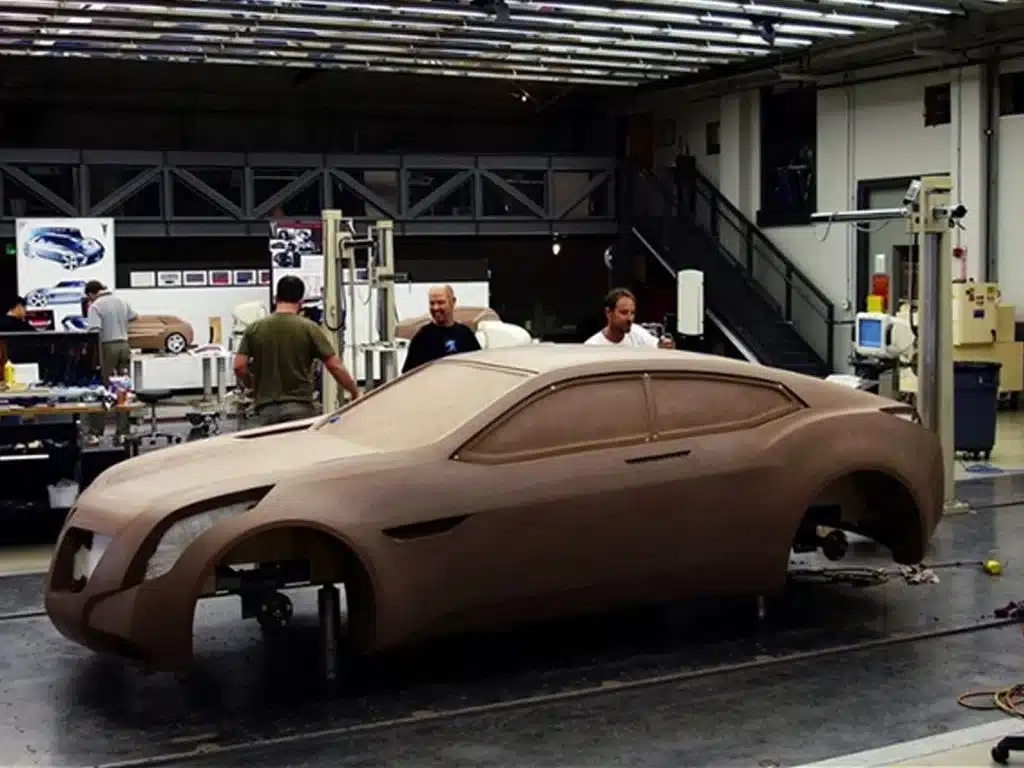
These smaller versions served to help designers decide upon which themes should make it to become full-sized.
The next stages of development
When the higher-ups are happy with how the clay model looks, it’s time to make a hard model.
A hard model is not intended to be driven beyond slow speeds and will likely have limited lighting capabilities.
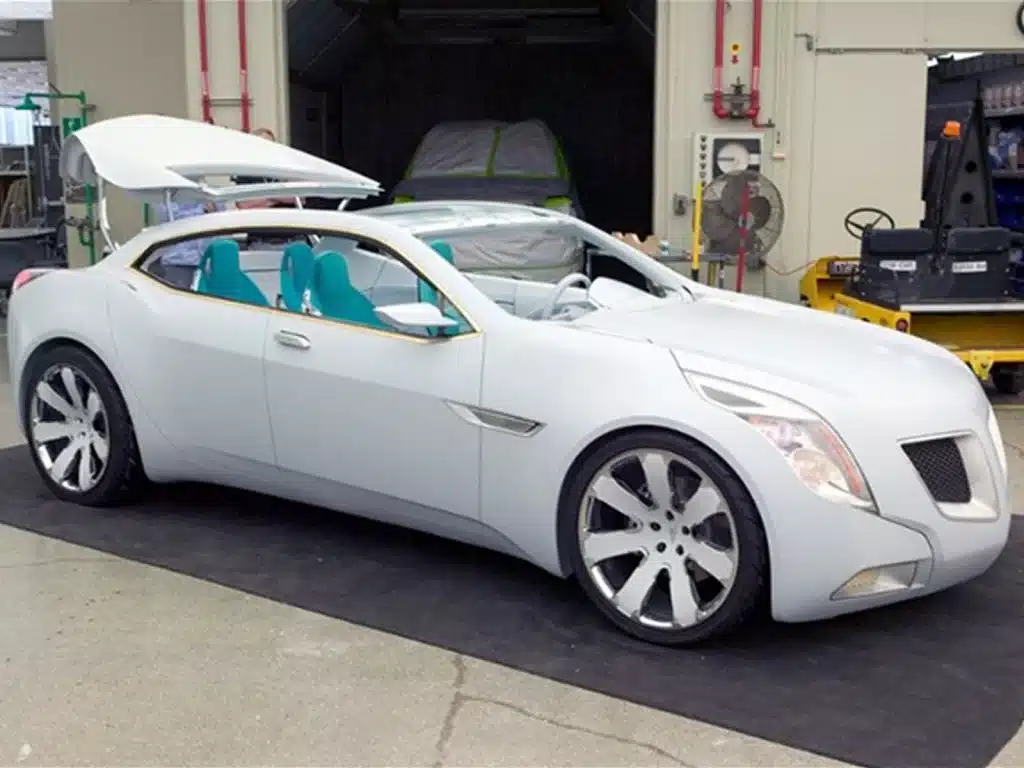
In fact, the interior of the model will often be made of foam.
It aims to capture the design and present it for board approval.
Detailed car parts, such as controls and instruments, will have been rapidly prototyped while the pieces are milled and painted in primer.
The finished Pontiac
In the final image shared on Instagram the finished car is shown on a rotunda at the Tech Center in Warren, Michigan.
The turntable beneath the vehicle will rotate to allow designers to view it from different angles.
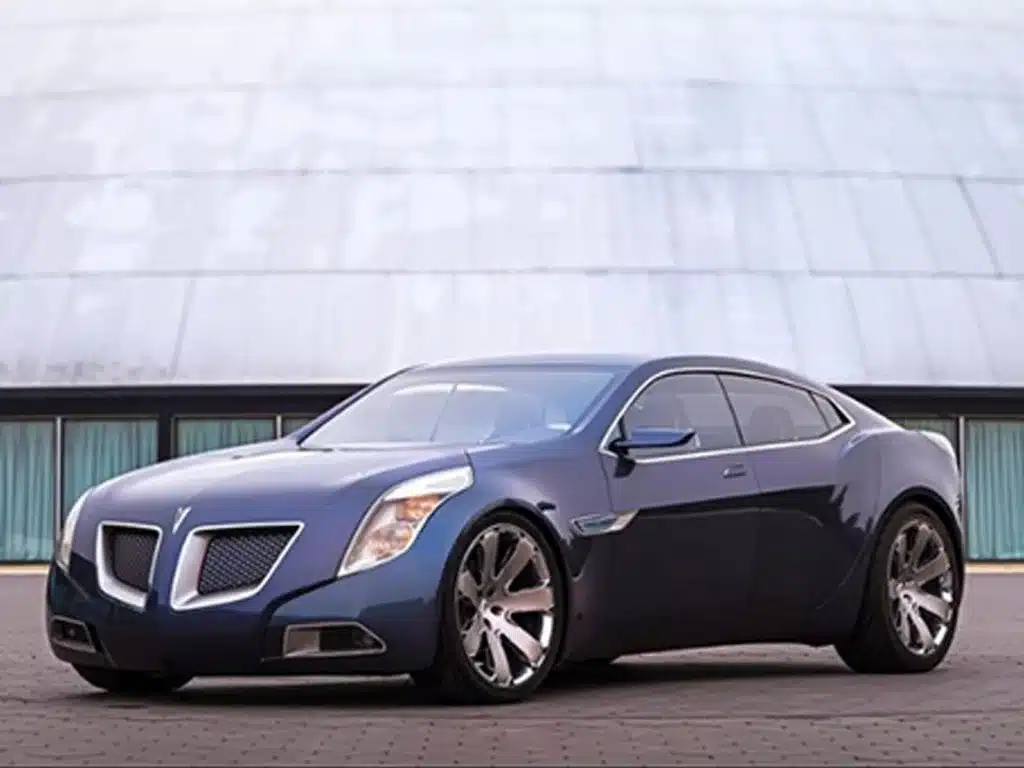
Rotation allows for each area to be seen against a consistent light source.
It’s not clear why this concept was created – perhaps it was an effort to save the Pontiac brand.
Before the brand got pulled, it was an iconic name among car lovers.
This Pontiac Firebird Trans Am was sadly left abandoned for twenty years before being retrieved by car rescuers.
The brand may no longer exist, but the desire to keep them around has not disappeared.




